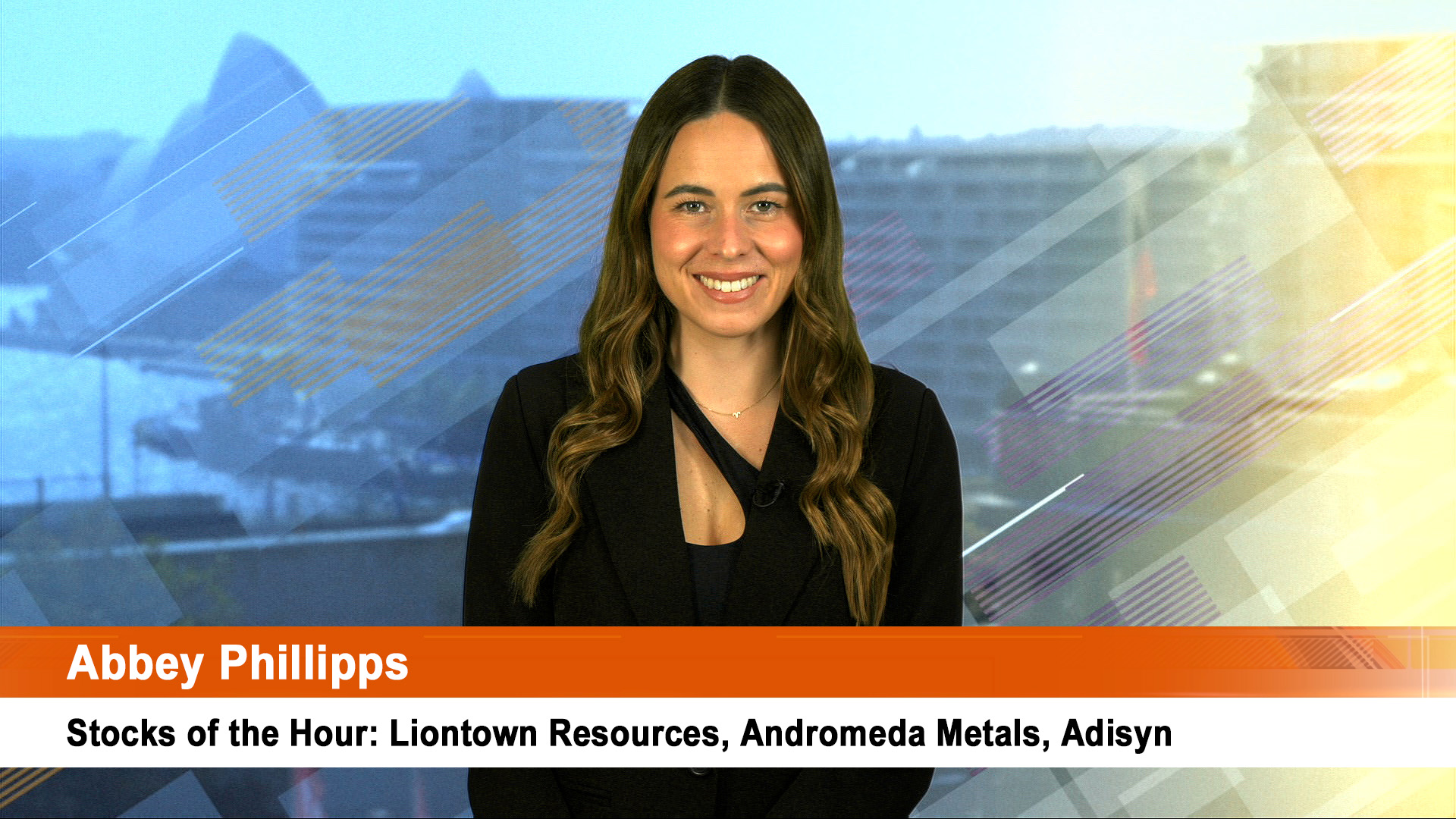
The International Energy Agency this week confirmed a very important point about Australia in its latest World Energy Outlook.
It’s all about the potential for gas, of which Australia has a lot, and coal, which Australia also has a lot .
The IEA sees oil consumption falling as the world gradually gets a handle on carbon emission, with gas consumption jumping, especially in the area from India north to China.
In absolute terms it still sees coal as the most important energy source because of the needs of the power industry, which will not slacken over the next 20 years.
However, it warned that the unexpected boom in North American unconventional gas production (shale gas), together with the current recession’s depressive impact on demand, is expected to contribute to an acute glut of gas supply in the next few years.
"Our analysis of trends in gas demand and capacity, based on a bottom-up assessment of ongoing investment and capacity additions."
But the Agency added:
"With the assumed resumption of global economic growth from 2010, demand for natural gas worldwide is set to resume its long-term upwards trend, though the pace of demand growth hinges critically on the strength of climate policy action.
"Constraints on the rate at which low-carbon technologies can be deployed, and the low carbon content of gas relative to coal and oil, mean that gas demand will continue to expand."
That glut should pass by around 2015 onwards, with growth increasingly being driven by the Asian region.
But Australia is largely un-mentioned in the Outlook summary, except in relation to possibly holding large unknown reserves of this ‘unconventional gas’ referred to above, such as coal seam methane and shale gas (shale gas is one of the two emerging technologies in the US and Canada that have seen a huge drop in natural gas prices this year).
However the IEA says such will be the surge in demand for new supplies of gas, that the coming years will see rising levels of concern "about the security of energy supplies.
"The increasing concentration of the world’s remaining conventional oil and gas reserves in a small group of countries, including Russia and resource-rich Middle East countries, would increase their market power and ability to influence prices.
"The non-OECD countries as a whole are projected to account for almost all of the projected increase in global natural gas production between 2007 and 2030.
"The Middle East sees the biggest increase in output (and in exports) in absolute terms: that region holds the largest reserves and has the lowest production costs, especially when the gas is produced in association with oil.
"Iran and Qatar account for much of the growth in output. Africa, Central Asia (notably Turkmenistan), Latin America and Russia also see significant growth in production.
"OECD Europe and Asia-Pacific see their imports rise in volume terms in both scenarios."
The IEA said the 10 countries of the Association of Southeast Asian Nations (ASEAN) are set to play an increasingly important role in global energy markets in the decades ahead.
"Brunei Darussalam, Cambodia, Indonesia, Laos, Malaysia, Myanmar, Philippines, Singapore, Thailand and Vietnam collectively make up one of the world’s most dynamic and diverse regions, with an economy as large as Canada and Mexico combined, and a population that exceeds that of the European Union.
"Their energy consumption is already comparable to that of the Middle East and is set to continue to grow rapidly from a comparatively low per-capita level, fuelled by rapid economic and population growth, and by continuing urbanisation and industrialisation.
"In the Reference Scenario, ASEAN primary energy demand expands by 76% between 2007 and 2030, an average annual rate of growth of 2.5% — much faster than the average rate in the rest of the world.
"Reflecting the current economic weakness, demand is projected to grow modestly in the near term, before quickening.
"Coupled with the emergence of China and India on the global energy scene, these trends point to a refocusing of global energy activity towards Asia."
And that’s where Australia will play a major part.
We have some big projects on the list: Gorgon, Wheatstone, Sunrise, Pluto and several others, plus a bunch of coal seam methane-based LNG projects in Queensland.
All will be based here, in a safe, stable member of the OECD, with good rule of law, welcoming investment climate, good work force and solid management of the economy.
Australia will in fact be the biggest energy supplier inside the OECD, especially in terms of gas.
The only things against us are possible labour and resource cost problems in the next decade.
All our projects will aim to supply the Asian region.
And that places us in the heart of the fastest growing area of demand, according to the OECD.
"While the OECD imports less oil in 2030 than today in the (WEO’s) Reference Scenario, some non-OECD countries, notably China and India, see big increases in their imports.
"Most gas-importing regions, including Europe and developing Asia, also see their net imports rise."
"On a country basis, China is forecast to move past the US soon after 2025 to become the world’s biggest spender on oil and gas imports (in monetary terms) while India’s spendi













